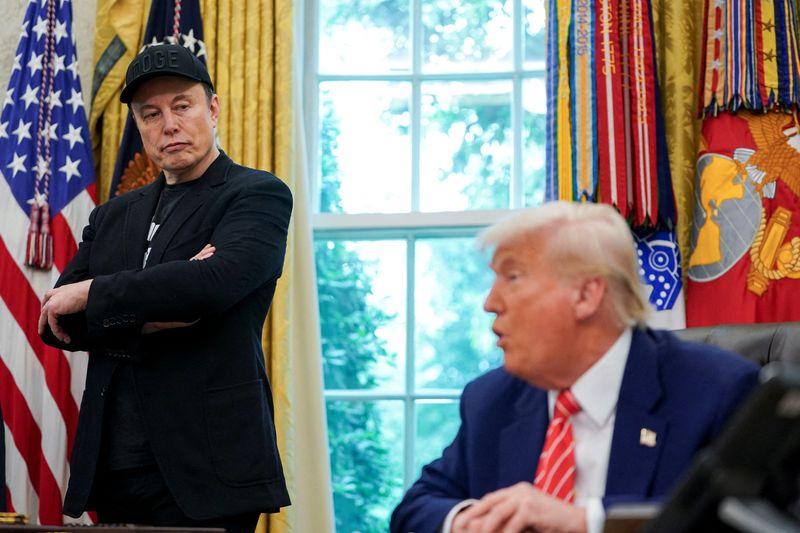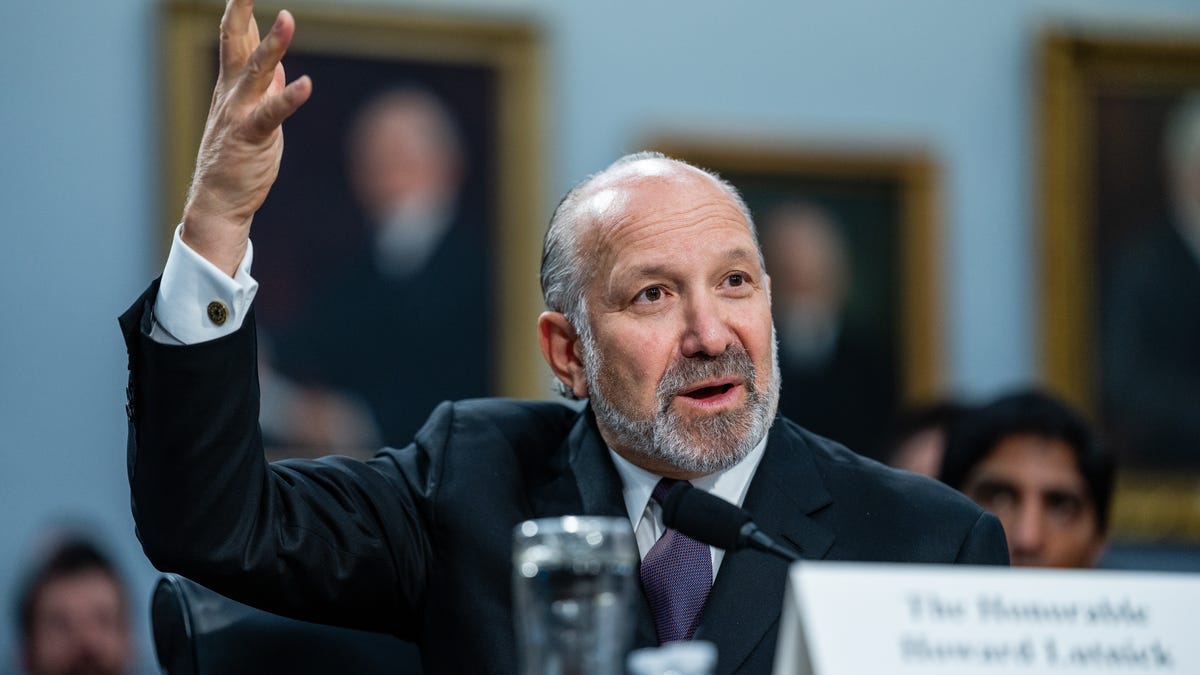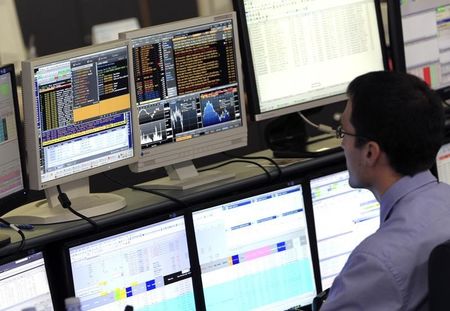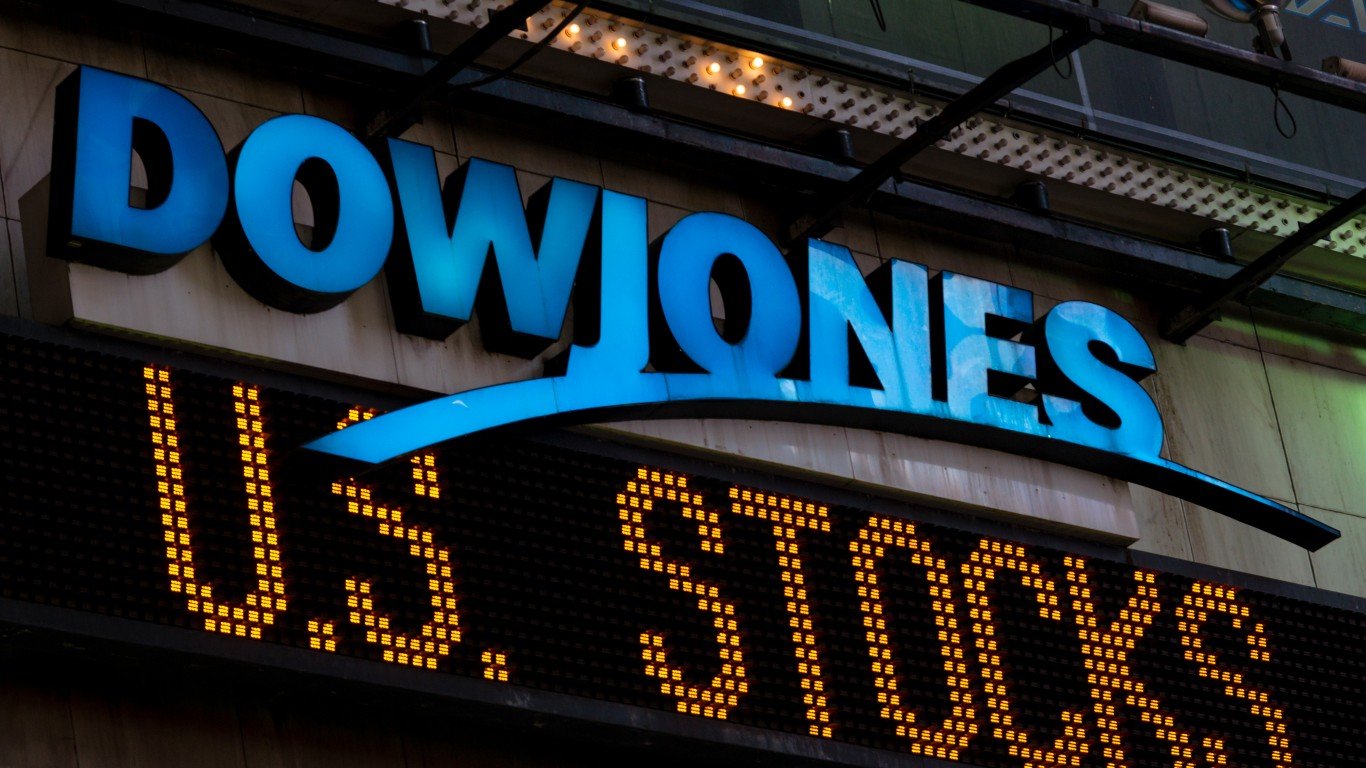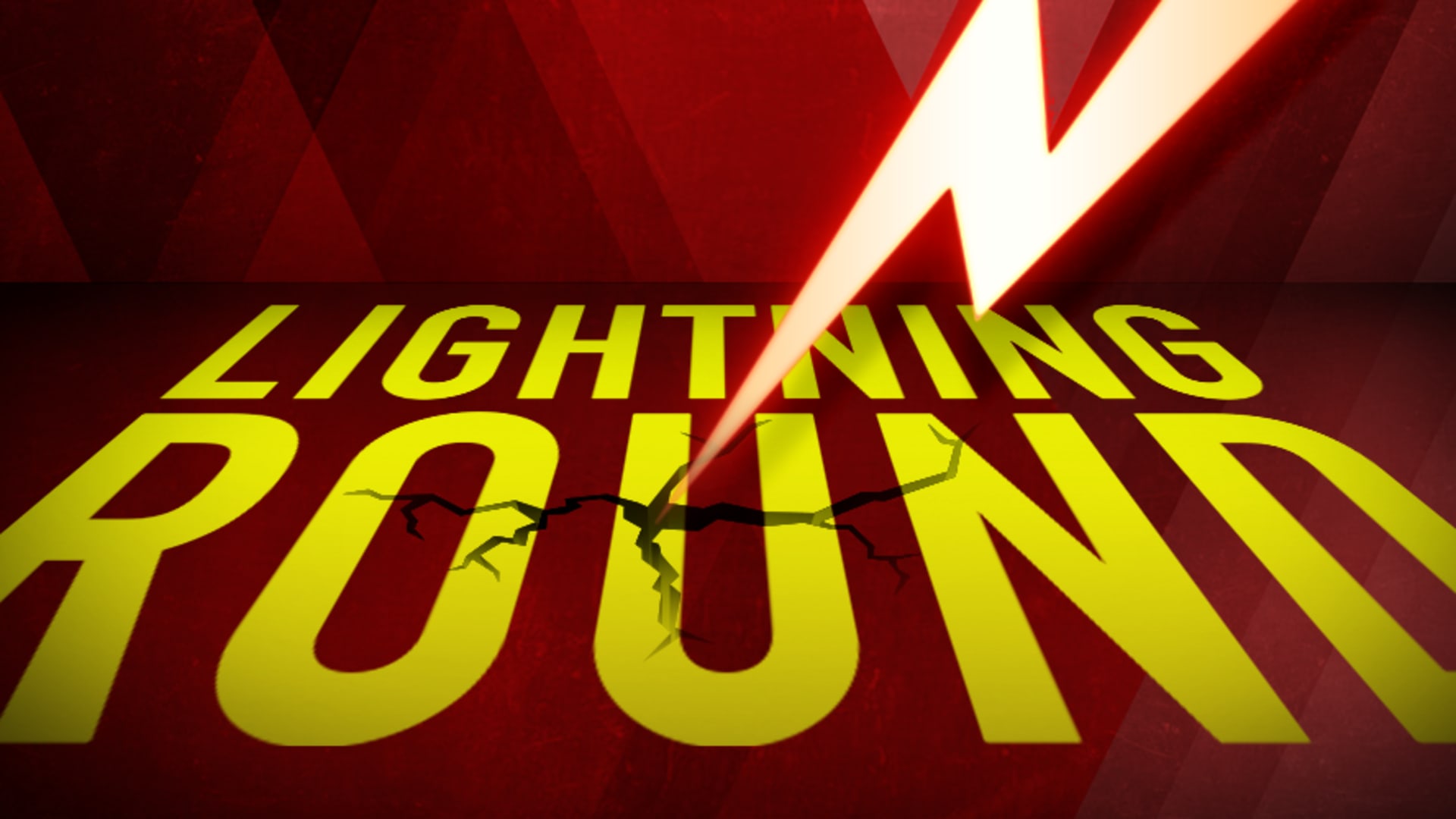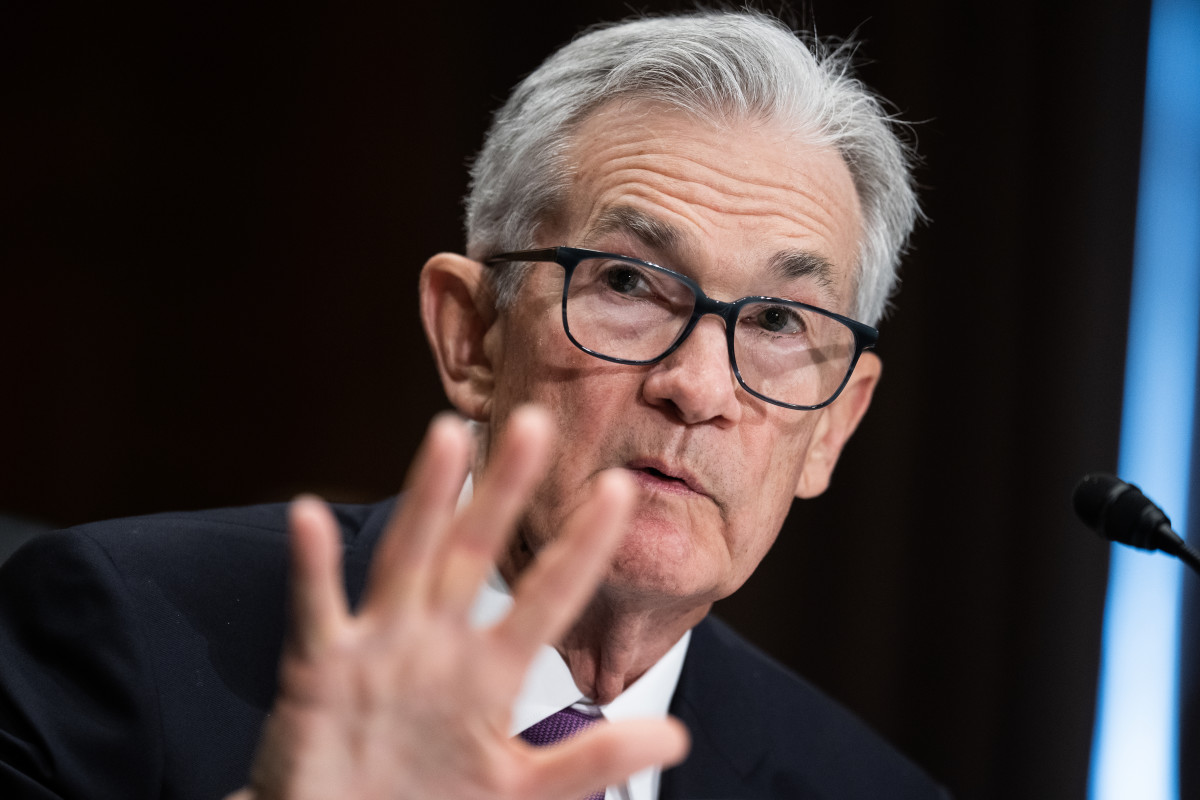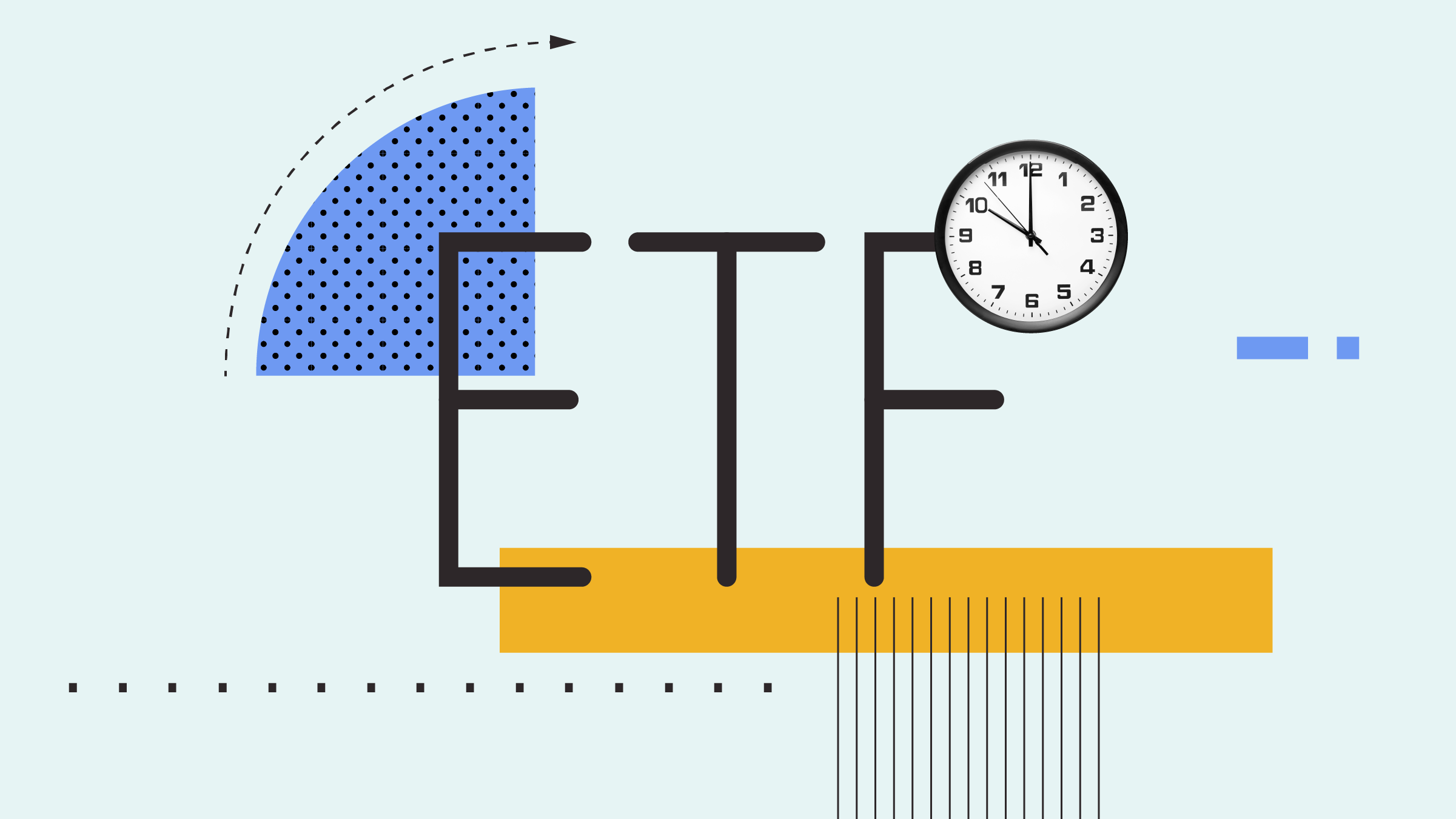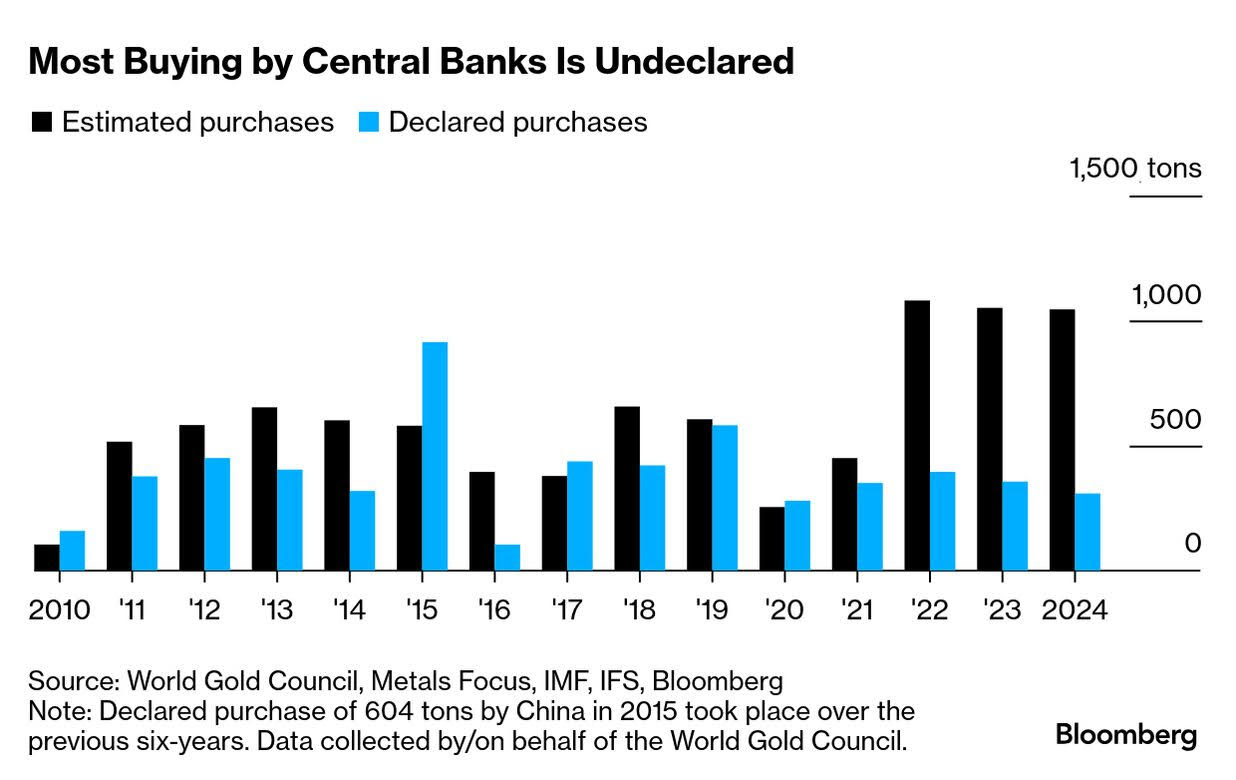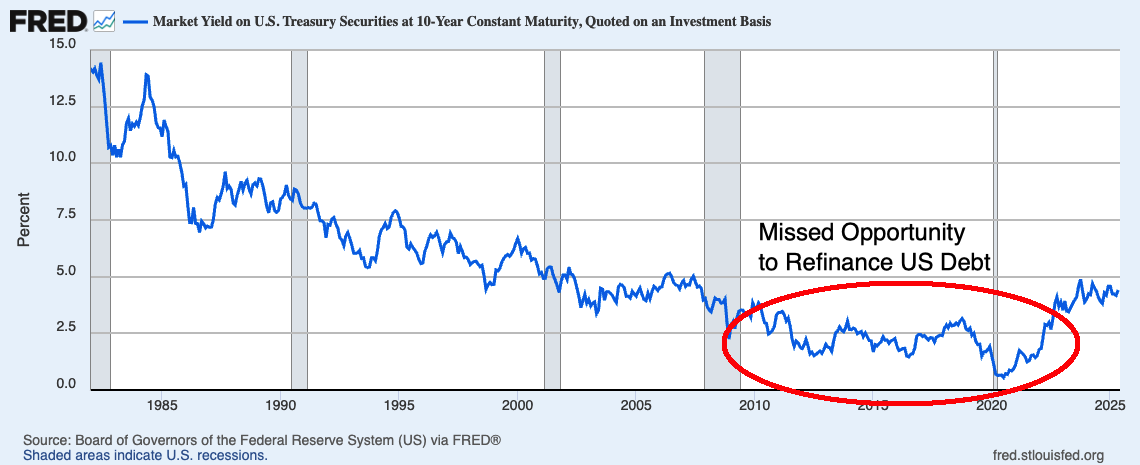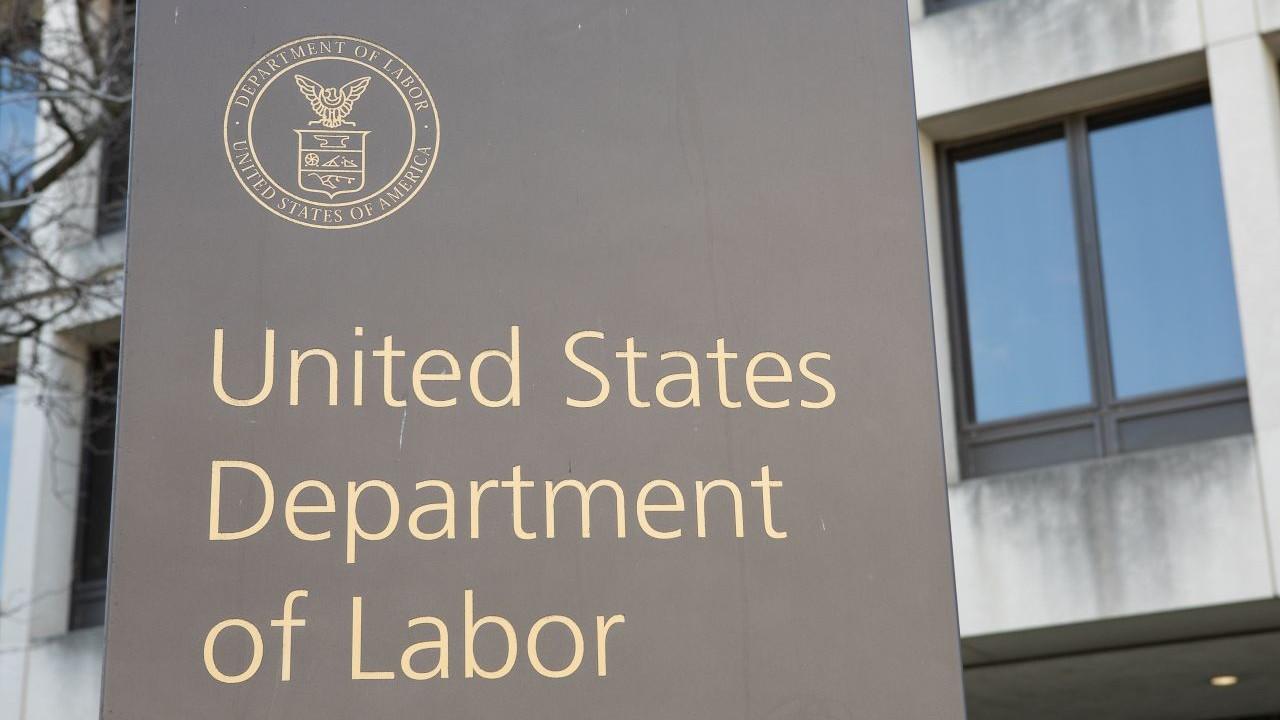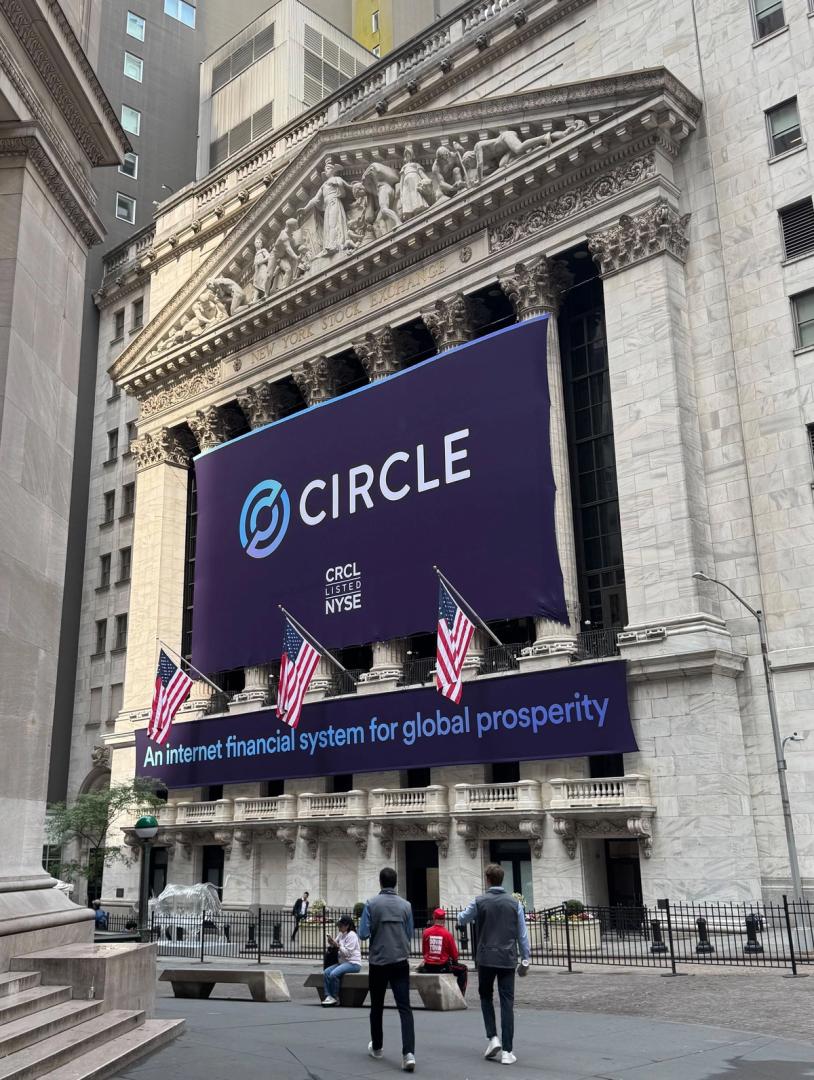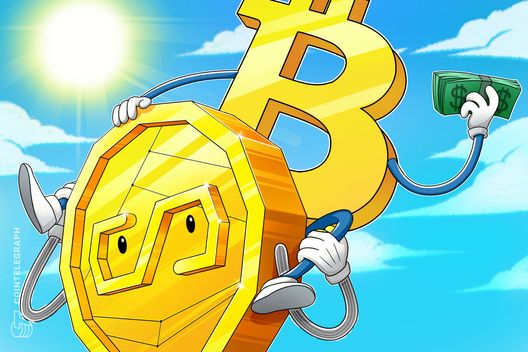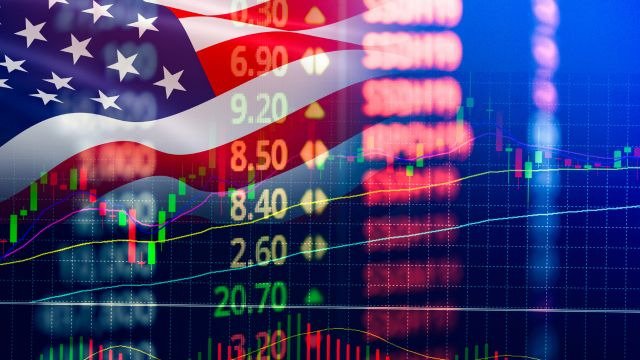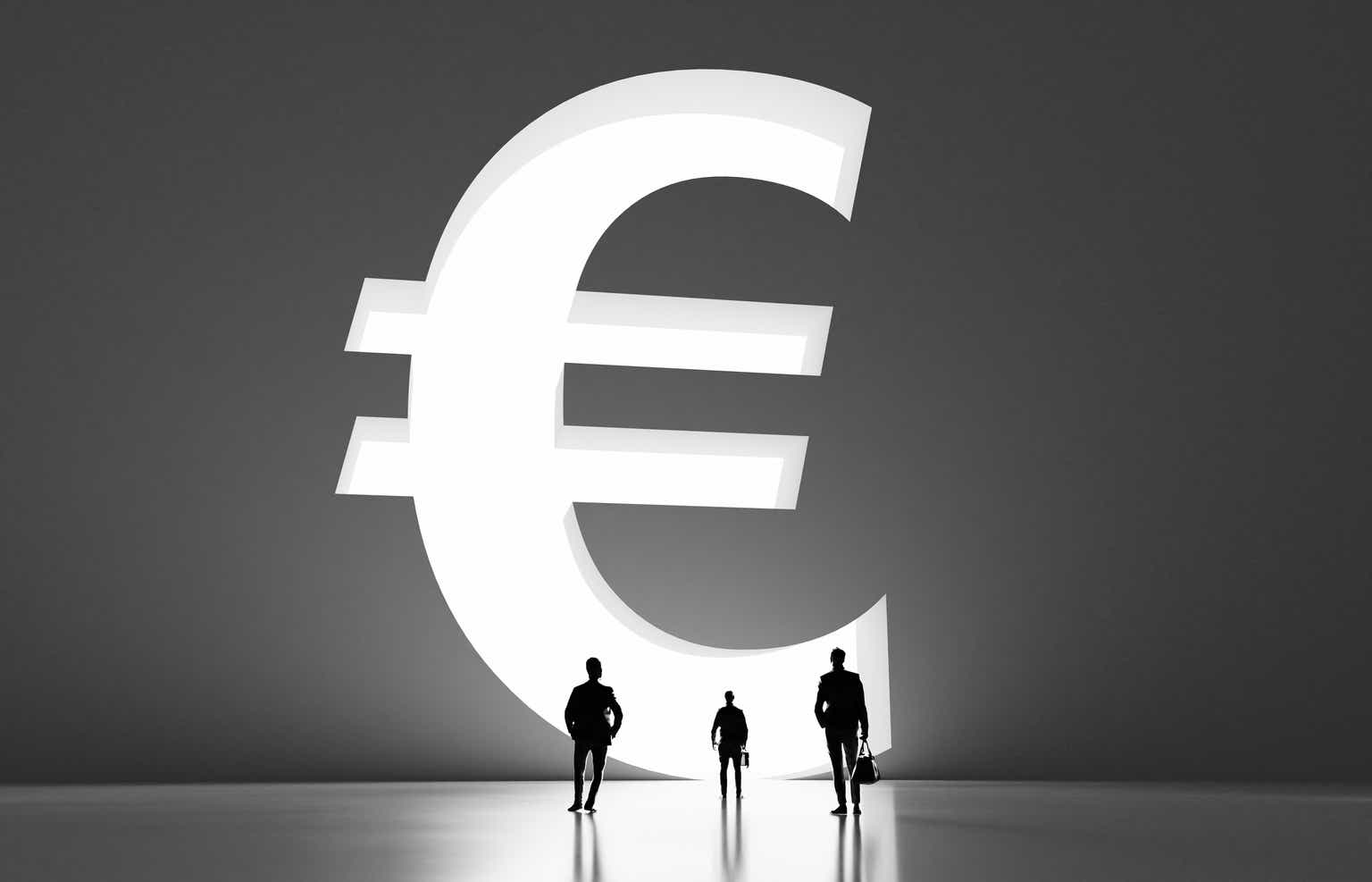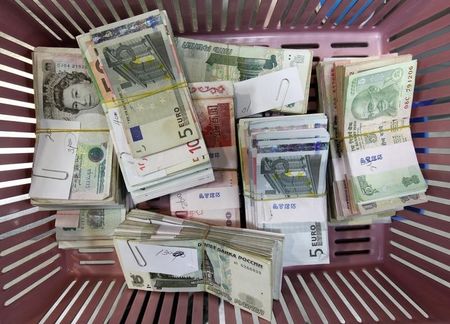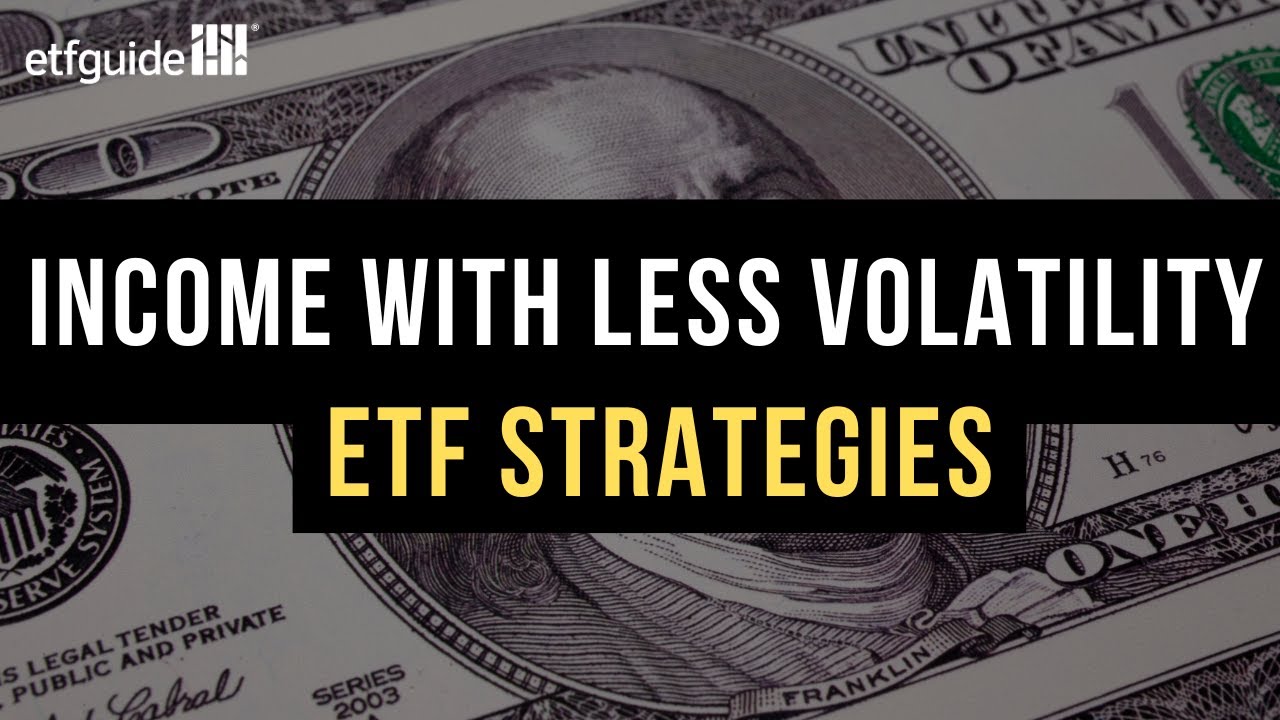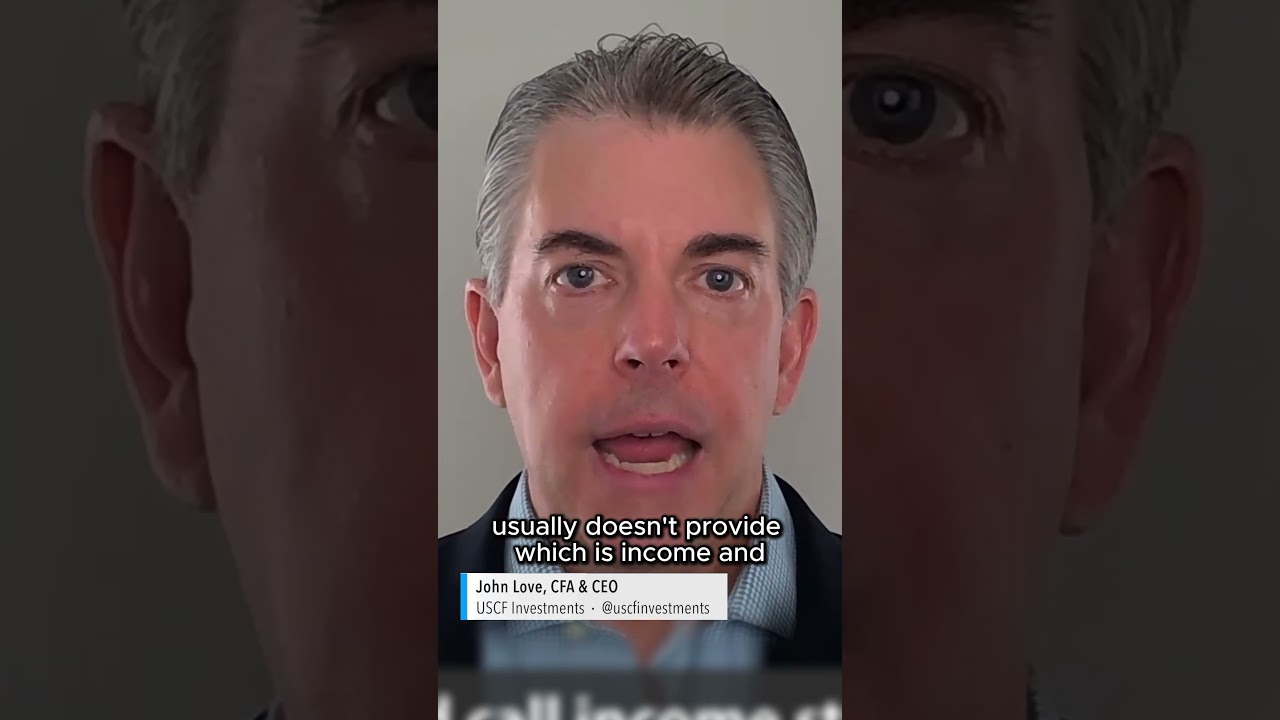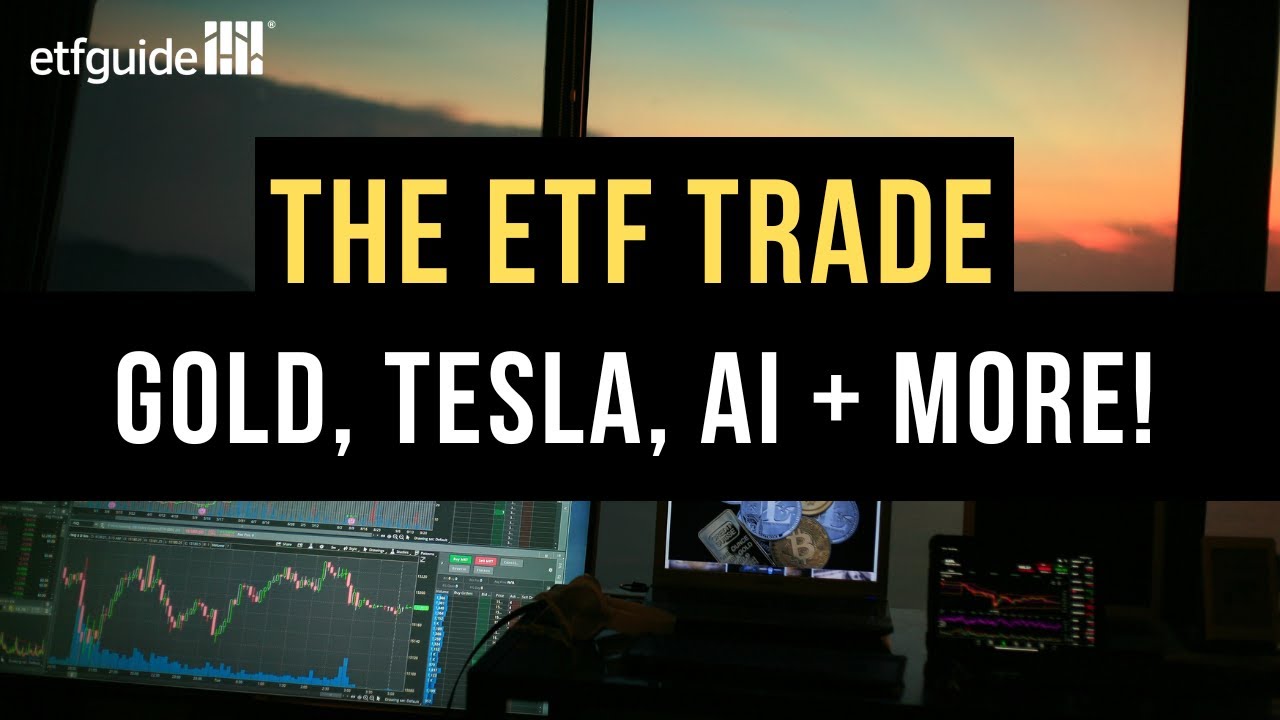The White House’s Nuclear Push: What it Means for Uranium Opportunities
In this episode of Shifting Energy (Season 2), Thalia Hayden @etfguide and John Ciampaglia the CEO at Sprott Asset Management discuss the renewed push for… The post The White House’s Nuclear Push: What it Means for Uranium Opportunities appeared first on ETFguide.

In this episode of Shifting Energy (Season 2), Thalia Hayden @etfguide and John Ciampaglia the CEO at Sprott Asset Management discuss the renewed push for nuclear energy and what’s behind it.
The buildout of AI data centers and President Trump’s executive orders issued on May 23, 2025 to quadruple U.S. nuclear capacity by 2050 are among the big factors lifting the demand for nuclear energy.
This puts uranium, which fuels nuclear energy, into the spotlight.
In 2024, the U.S. produced only 800,000 pounds of uranium in 2024, while the annual requirement is approximately 180 million pounds, indicating a significant gap that needs to be addressed to meet the administration’s goals.
*****
*Important Video Disclosures*
*An investor should consider the investment objectives, risks, charges, and expenses of each fund carefully before investing. To obtain a fund’s Prospectus, which contains this and other information, contact your financial professional, call 1.888.622.1813 or visit https://sprottetfs.com/. Read the Prospectus carefully before investing.*
Exchange Traded Funds (ETFs) are considered to have continuous liquidity because they allow for an individual to trade throughout the day, which may indicate higher transaction costs and result in higher taxes when fund shares are held in a taxable account.
The funds are non-diversified and can invest a greater portion of assets in securities of individual issuers, particularly those in the natural resources and/or precious metals industry, which may experience greater price volatility. Relative to other sectors, natural resources and precious metals investments have higher headline risk and are more sensitive to changes in economic data, political or regulatory events, and underlying commodity price fluctuations. Risks related to extraction, storage and liquidity should also be considered.
Shares are not individually redeemable. Investors buy and sell shares of the funds on a secondary market. Only market makers or “authorized participants” may trade directly with the fund, typically in blocks of 10,000 shares.
Sprott Asset Management USA, Inc. is the Investment Adviser to the Sprott ETFs. ALPS Distributors, Inc. is the Distributor for the Sprott ETFs and is a registered broker-dealer and FINRA Member. ALPS Distributors, Inc. is not affiliated with Sprott Asset Management USA, Inc.
© 2025 Sprott Inc. All rights reserved.
#uraniummining #stockmarket #uranium #nuclearenergy #nuclearpowerplant #ai #datacenter #commodities #growthstocks #utilities
The post The White House’s Nuclear Push: What it Means for Uranium Opportunities appeared first on ETFguide.







